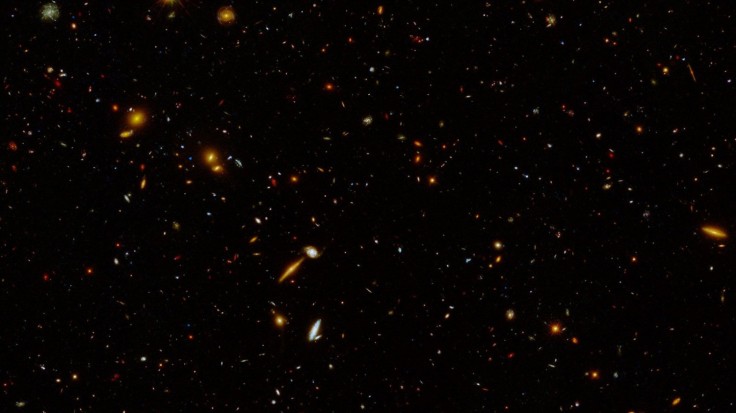NASA's Hubble Space Telescope captured 5,000 galaxies in one photo.
A new picture taken by the Hubble Space Telescope of NASA shows a diverse collection of galaxies located in the far reaches of the universe.
An image that was just recently made public by the Hubble Space Telescope is said to contain the universe's oldest galaxies. As reported by Space, these galaxies are said to be approximately 13 billion years old and to have existed only a few hundred million years after the Big Bang.
When viewed from the front, some appear oval, while others take on the appearance of disks or spirals, and still others are viewed from the side and resemble different shapes.
Hubble Space Telescope's UVCANDELS

The Hubble Space Telescope was able to capture another significant image in an area containing approximately 5,000 galaxies and located billions of light-years away.
The photo captured by Hubble is in a region that can be found inside of a cosmic field known as the Extended Groth Strip. This field is one of five well-studied fields that were monitored as part of a program known as the Cosmic Assembly Near-infrared Deep Extragalactic Legacy Survey (CANDELS).
In this updated perspective, which was obtained as part of a project known as UVCANDELS, infrared and visible light were supplemented by ultraviolet and blue optical light in the imagery.
The color blue is used to represent ultraviolet light and blue optical light; the color green is used to represent red light; and the color red is used to represent near-infrared light.
The region depicted here spans 9 square arcminutes, which is approximately equivalent to one percent of the total surface area of the moon as seen from Earth.
Galaxies Through Ultraviolet Light
The Hubble Space Telescope's latest images in the field of galaxies incorporate observations made in ultraviolet light, making them distinct from previous views of the same field of galaxies.
According to Caltech, Xin Wang presented the findings at the 240th meeting of the American Astronomical Society (AAS), which took place in Pasadena on the 14th of June.
"Ultraviolet light comes from the most massive stars, which are also the youngest and hottest stars," says Xin Wang, a postdoctoral scholar at Caltech's IPAC, an astronomy center. "It provides a unique insight into ongoing star formation in galaxies both near and far," he adds.
Using the Hubble Space Telescope, Wang and his colleagues, led by Harry Teplitz, a staff scientist at IPAC, surveyed ultraviolet light coming from faraway galaxies in a variety of different patches of sky known collectively as CANDELS. This survey was conducted under the direction of Harry Teplitz.
They surveyed a large portion of the CANDELS fields, covering an area of sky roughly equivalent to 60% of the total size of the moon. The new program, which is known as UVCANDELS, took approximately ten days' worth of time on Hubble to complete and was able to image approximately 140,000 galaxies.
As a result, this ultraviolet Hubble survey of faraway galaxies is the largest one of its kind to date. The researchers believe that the images will eventually shed light on a mystery that dates all the way back to the beginning of our universe.
It is not entirely clear how this took place, but scientists believe that by analyzing the extremely ultraviolet light that is emitted by distant galaxies, they will be able to obtain new information.









